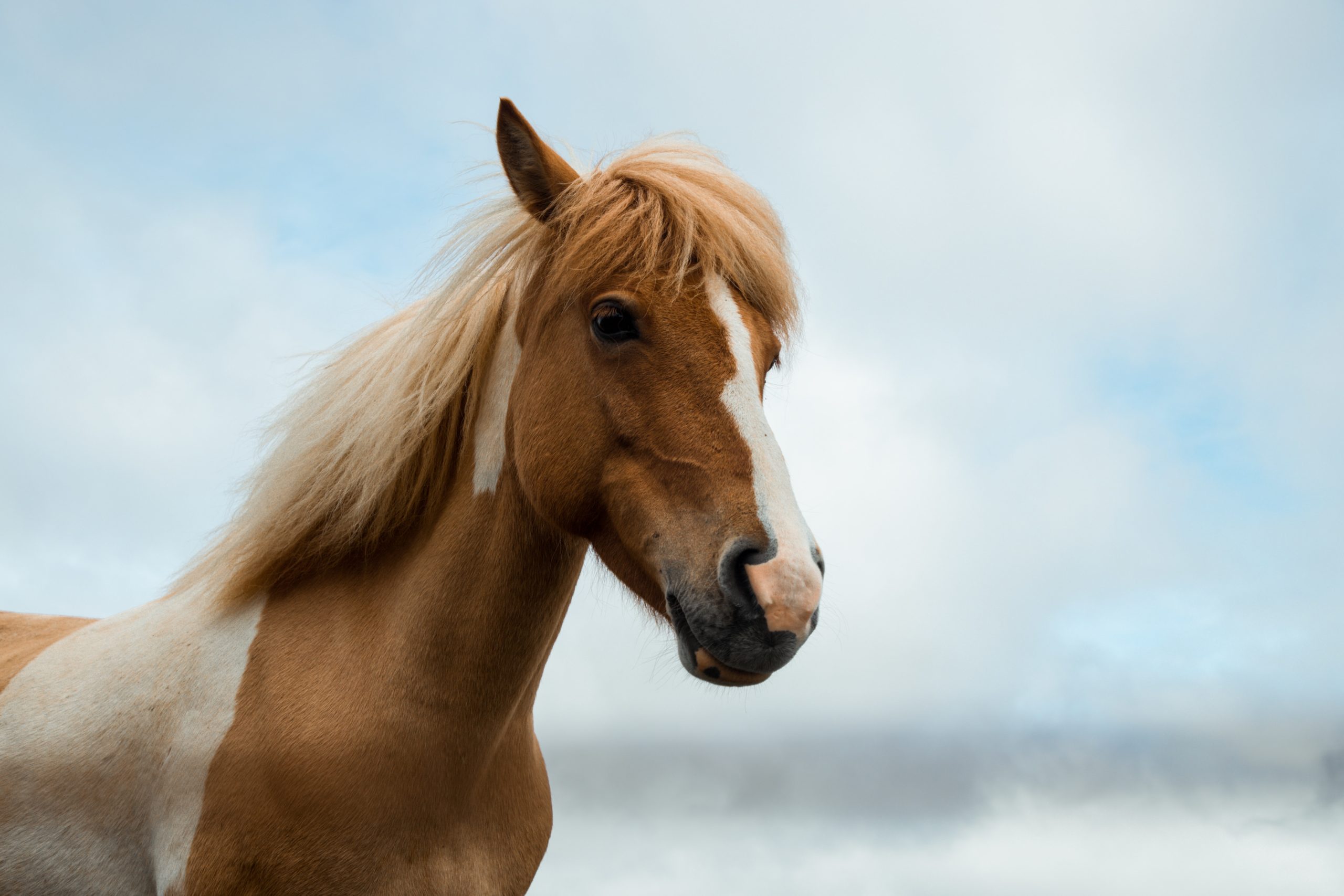A royal sport

Horse racing as we know it came to England in the 18th century under Queen Anne. It is the fastest horse breed in the world today, and the fastest horse in the world.Today, the English Thoroughbred is the fastest of the world. Their agility is so high, that they are not allowed in competitions with other breeds - too big difference. Who else can reach speeds of up to 70 km/h? This is also the most expensive breed. If a common, middle-sized thoroughbred foal can be bought for 100k, then with good parents and ancestors, a grown-up horse with victories under its belt could be very expensive. Today, the most expensive horse in the world, Frankel, was bought for 200 million dollars. He has 14 victories at the top siena horse race 2014, has never lost a race and is now resting in well-deserved retirement.

The horses are clear, but who are the people involved in the races?
A horse's partner is its jockey, its rider. Not the rider, they race (trotting competition, another gait). Although people far from equestrian sports do not pay attention to such details, to equestrians the difference is rather important. The role of a jockey is not just to make a horse gallop faster and faster and wave his whip at the finish. He needs to help him keep his balance in the turns, conserve energy in the first part of the track to have enough for the final spurt, and there, on the contrary, to encourage him to push himself to the end.A young horse may accelerate like a rocket at the start, in excitement, excited by competitors, and calm down at the end: nobody irritates any more, tension subsides and there's no need to hurry anywhere, the rider just teaches and hints the horse how to behave.There were cases when the jockey jumped out of the saddle and the horse, trained to gallop to the finish, did it and even came first. But more often the animals would simply quit, not interested in further races.A horse undergoes training at the stud farm, under the guidance of a trainer. The trainer determines the level, form, and degree of preparation of the horse, how much and when the horse has to work on the track. The daily routine for jockeys also takes place here - they ride horses they are going to race on in the near future, as well as those who are just starting to get their horse on the track. The trainer decides in which competitions his charges will participate. He needs to consider not only a horse's chances of winning, but also its need for practice, its competitive experience, and its form. Just like people, a horse should not race every day, or even every week. After a race he has a light training period so that he can both rest and tone up.The owner of a racehorse, which can be one person or a group of people, or even a legal entity, takes almost no part in its life. Often his involvement is limited to stroking the horse at races, and periodic visits to the stable to assess the situation. Trainers don't like it too much, as the owners are usually far removed from the equestrian mindset. They breed for the sake of the status ("my horse won first place the other day"), for the sake of new connections at the racetrack (because you can meet officials, owners of big companies and even presidents there), for the prize money. The love of horses themselves is as rare as the owner riding his prize horse himself.
